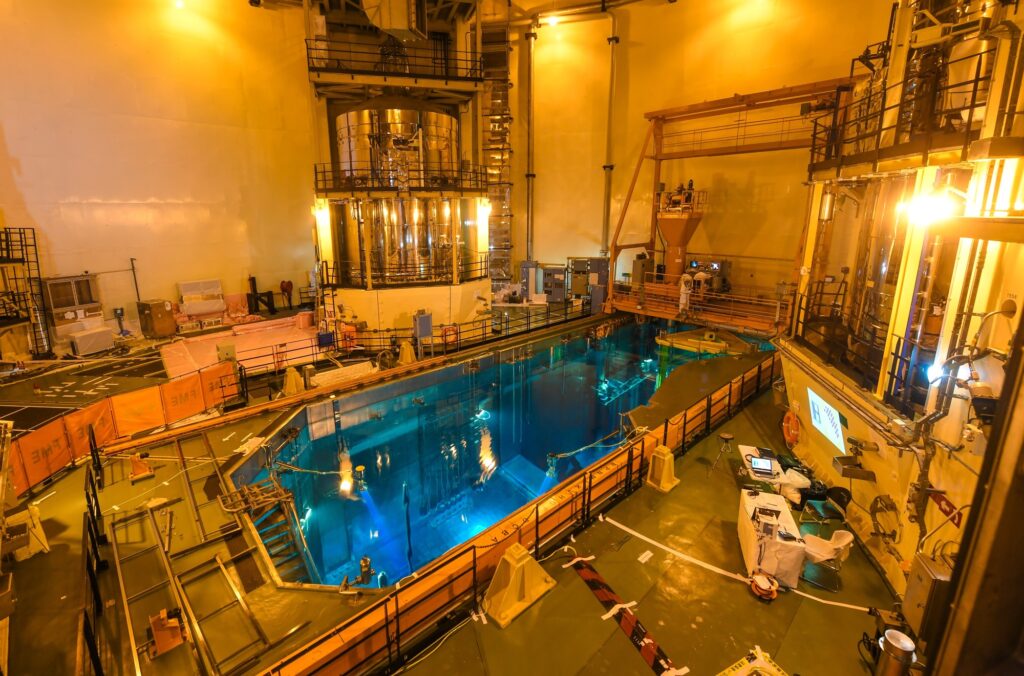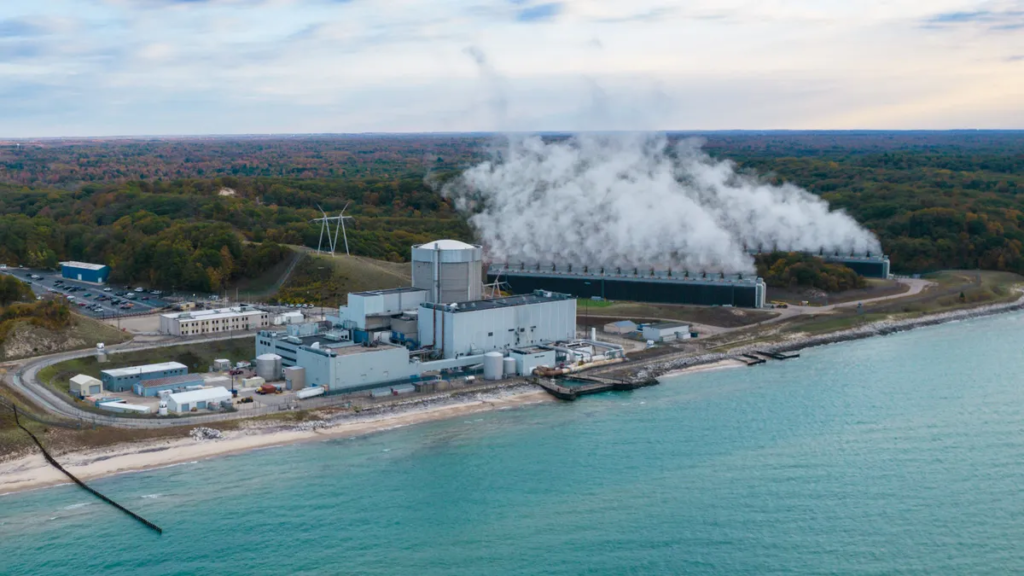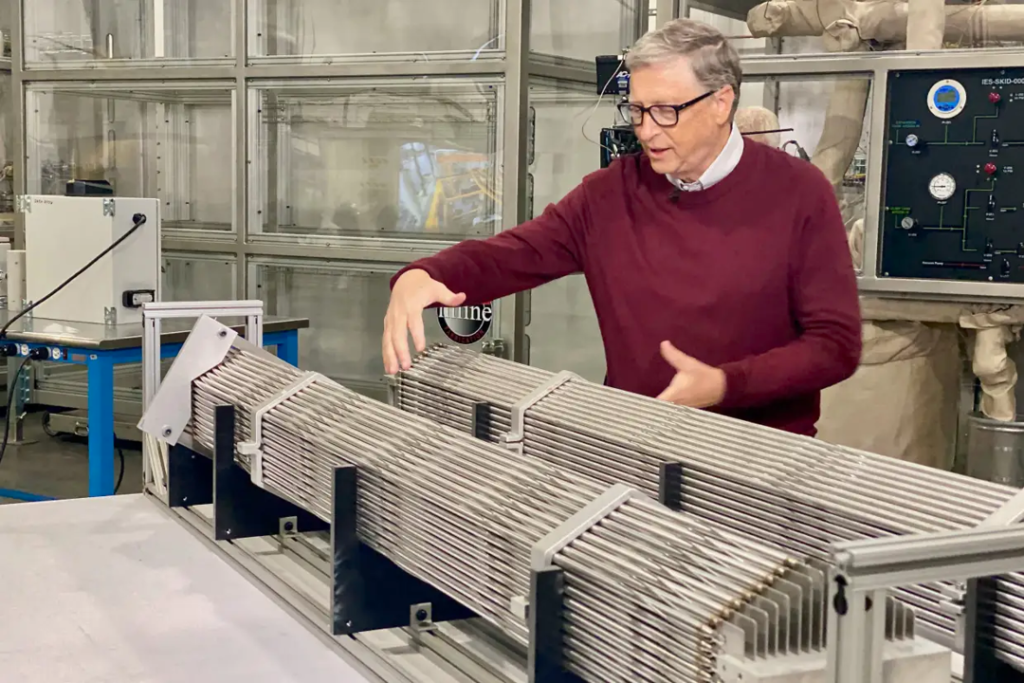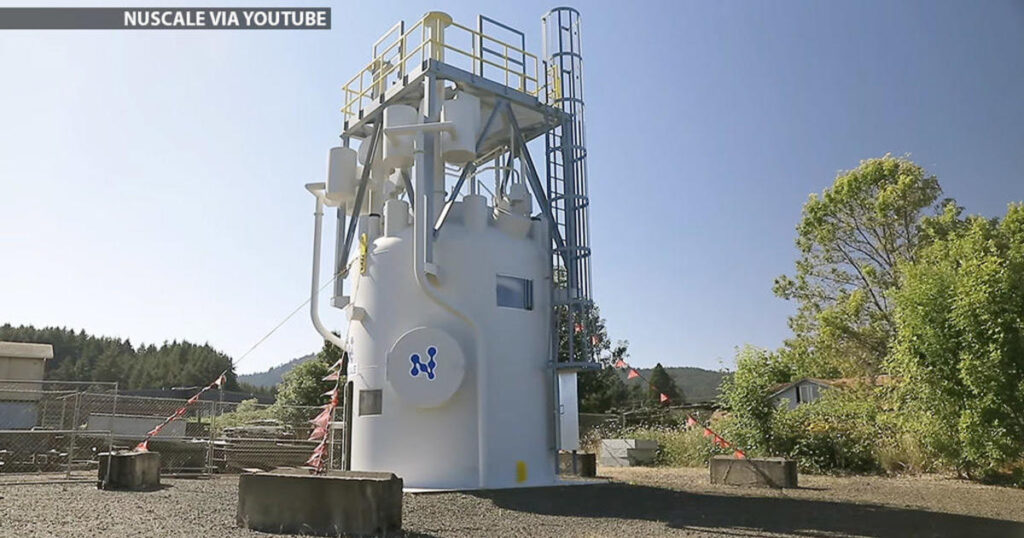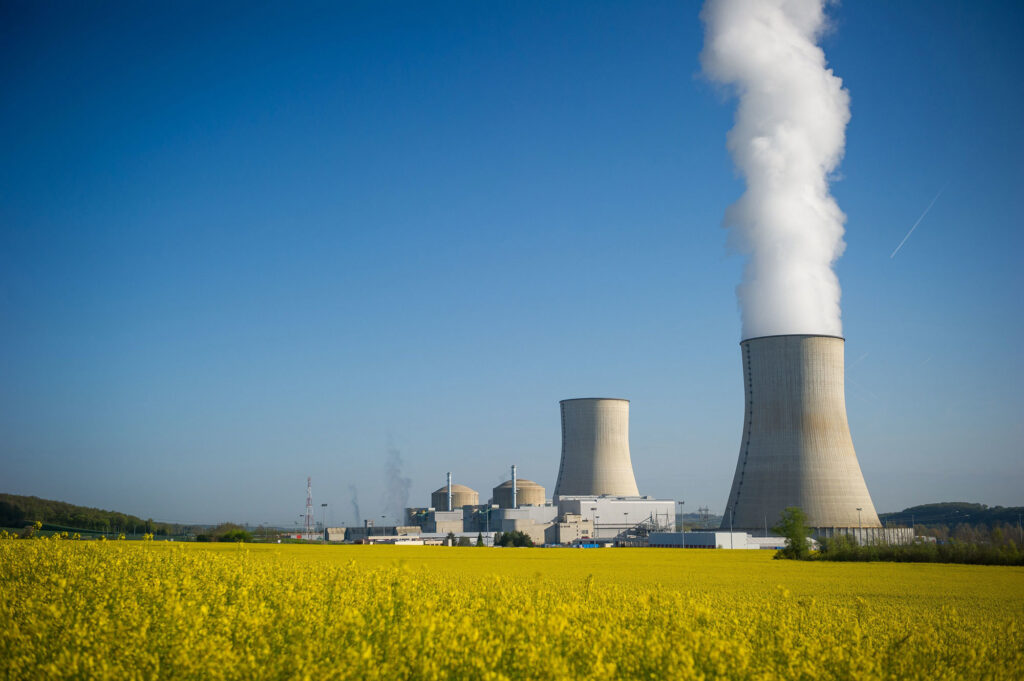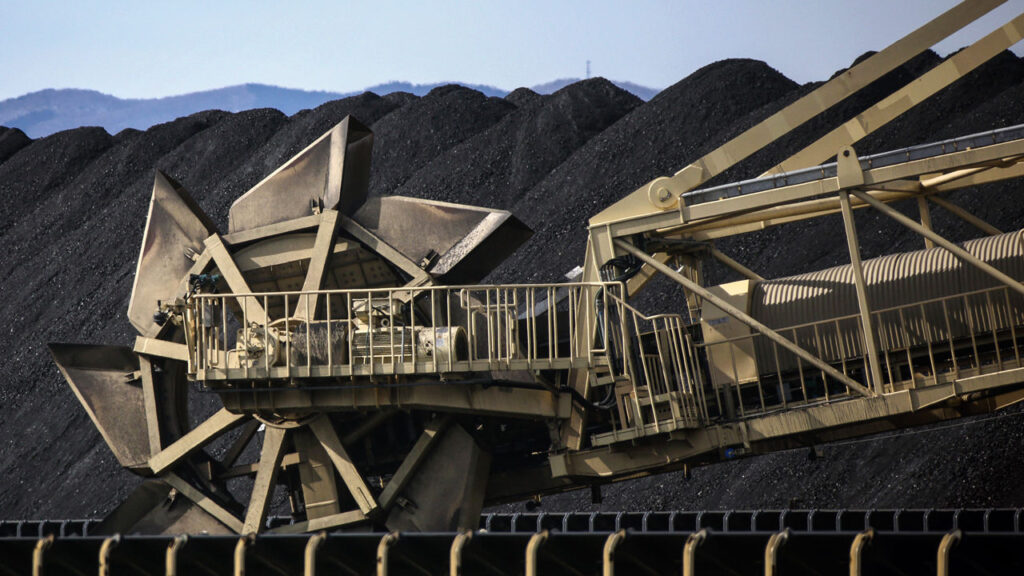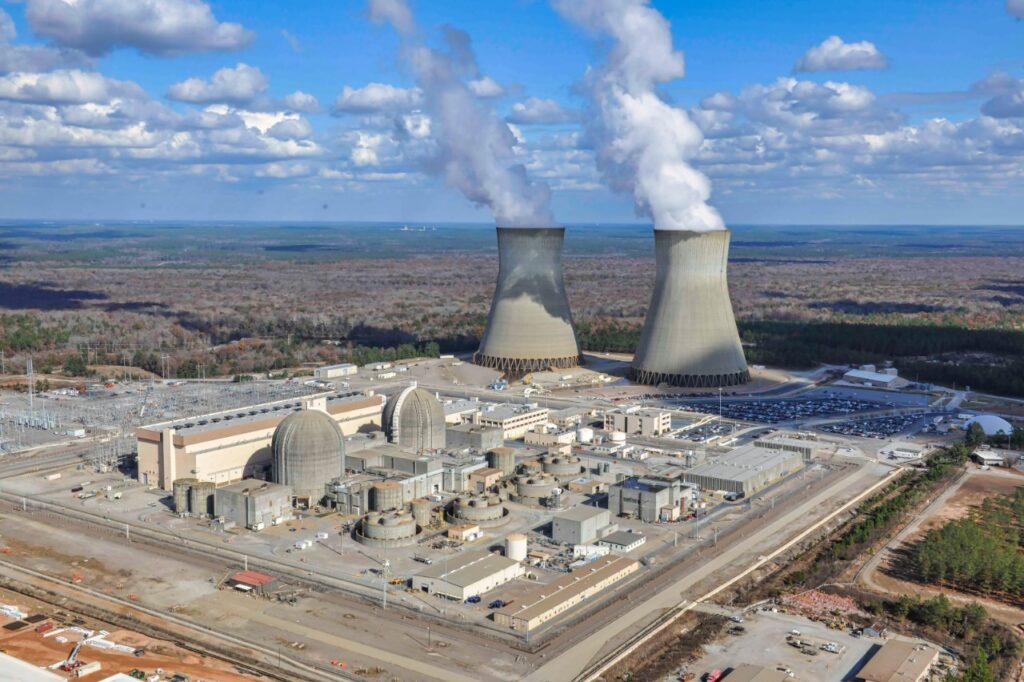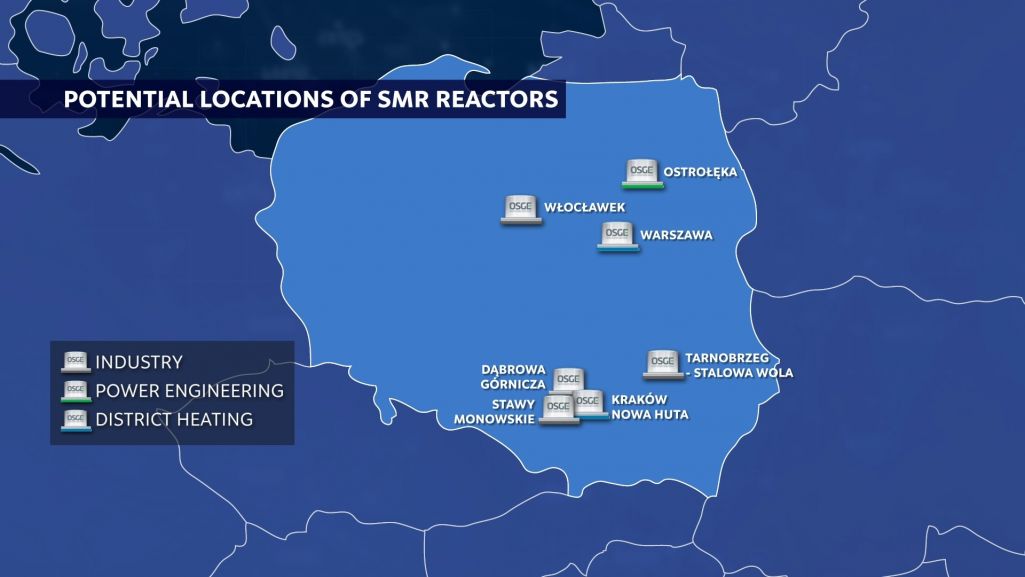As states increasingly look to advanced nuclear, Wyoming, Virginia and Michigan lead the way. Their efforts point the way for policymakers elsewhere to attract emerging nuclear technologies and the skilled workers they need to operate, NASEO President David Terry said.
TerraPower plans to begin construction this summer at the site of what’s now expected to be the United States’ first commercial advanced nuclear power facility near a coal-fired power plant in Kemmerer, Wyoming.
Though TerraPower’s reactor isn’t expected to begin operations until 2030, Wyoming began laying the groundwork for TerraPower in March 2020, when Gov. Mark Gordon, R, signed a bill allowing small modular reactor capacity to replace coal generation capacity. State laws streamlining advanced reactor deployment and enabling up to $150 million in matching funds for a range of energy technology deployments followed in 2022 and 2023.
“Wyoming has done a terrific job” to support advanced nuclear deployment, David Terry, president of the National Association of State Energy Officials, said in an interview.
Wyoming was an early mover on advanced nuclear, but industry experts say other states are catching up. State legislatures considered about 200 nuclear-friendly energy bills in 2023 and have already looked at about 130 this year, said Christine Csizmadia, senior director for state governmental affairs and advocacy at the Nuclear Energy Institute.
“It used to be maybe five to ten [state] bills each year that would even mention nuclear,” Csizmadia said in an interview.
In addition to Wyoming, Michigan and Virginia stand at the forefront of resurgent state interest in nuclear energy. Michigan put $150 million last year toward Holtec’s potential restart of the recently shuttered Palisades generating station, which subsequently received a $1.5 billion conditional loan commitment from the U.S. Department of Energy. Virginia’s recent pro-nuclear moves include state funding for an energy “career cluster” and a state-supported energy lab that could enable deployment of advanced nuclear reactors near former coal mines.
These states’ efforts point the way for policymakers elsewhere to attract emerging nuclear technologies and the skilled workers they need to operate, Terry said.
“There are no regional voters, only state and local voters” he said. “So states need to [enact state-specific policies] that bring jobs and attract investment” within their borders.
Four pathways for state nuclear policy
State nuclear policy generally takes one of four complementary forms, Csizmadia said:
Moratoria repeal and advanced nuclear regulation
Six state legislatures have lifted freezes on new nuclear facilities since 2016, leaving 10 states with bans still on the books. Hawaii and Rhode Island could lift their nuclear bans this year, Csizmadia said. State legislatures may also need to update regulations to allow specific advanced nuclear demonstration projects to proceed as proposed, said Betsy Smith, policy specialist for environment, energy and transportation at the National Council of State Legislatures, in an email to Utility Dive.
Including nuclear in clean energy standards
Several states have recently enacted or expanded clean energy standards that incorporate nuclear energy, rather than remaining silent on nuclear or specifically excluding it, Csizmadia said. They include Michigan, Minnesota, North Carolina and Utah, according to NEI’s state policy tracker.
Exploring nuclear development
This is the broadest and most active category at the moment, encompassing technology feasibility studies, working groups and stakeholder councils commissioned and funded by state governments, Csizmadia said. Recent and ongoing examples include Michigan, Kentucky, Tennessee, Ohio and South Dakota, among other states. “Some of these states lack existing commercial nuclear power facilities and want to see if it’s feasible for them,” Csizmadia said.
Financial support or incentives
Some states have committed significant funding to nuclear energy beyond the relatively modest cost of nuclear feasibility studies, Csizmadia said. At $150 million, Michigan’s commitment to support Palisades’ restart was the most significant toward a single nuclear project in the past several years.
But other states, including Virginia (up to $10 million), Tennessee ($50 million) and Wyoming (up to $150 million in matching funds for a broad range of technologies that includes nuclear) have recently enacted or proposed sizable financial commitments for nuclear.
States can lay the groundwork for new or revitalized nuclear industries by including nuclear in clean energy standards and repealing bans, NASEO’s Terry said.
But even with tangible financial commitments from elected and appointed officials, pro-nuclear state policies’ payoff can take years to arrive, Virginia Department of Energy Director Glenn Davis said in an interview.
By Brian Martucci, UtilityDive

